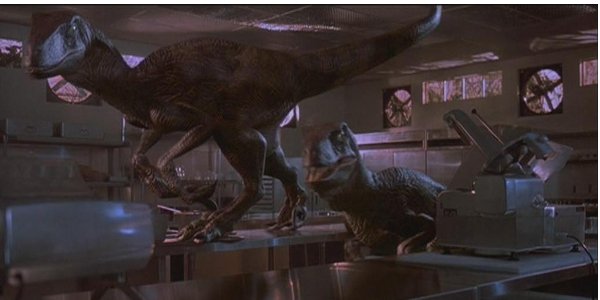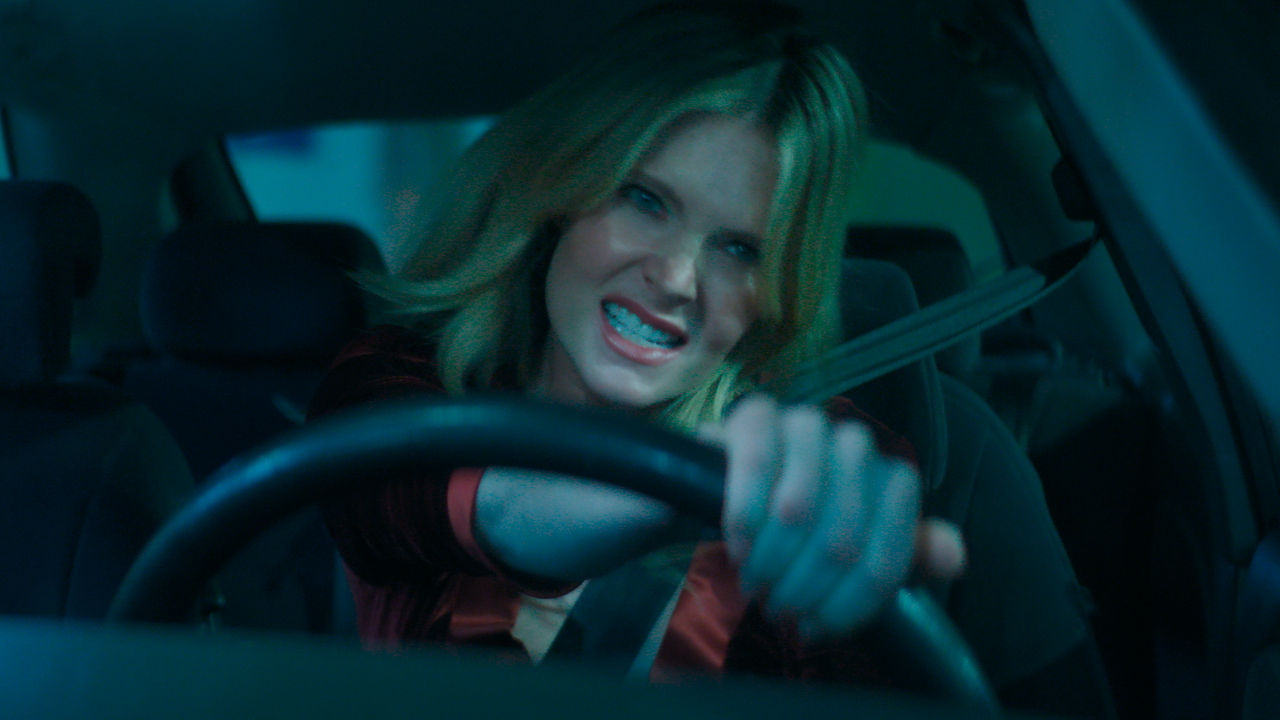The Reason Why Jurassic Park's Raptors Are Total BS

Years ago, Jurassic Park gave audiences their first look at some amazing prehistoric creatures, and wowed audiences with their breathtaking beauty and heart-stopping danger. One of the stand out creatures of the franchise has always been the Velociraptor, a six-foot killing machine with retractable claws, impressive agility, and a bad attitude. They were absolutely frightening when they were first revealed, and from what we knew, they were within the realm of scientific accuracy. That was until the crew of the documentary Dinosaur 13 came along with that one factor that can stop a film dead in its tracks: scientific accuracy.
The BBC ran a report about Dinosaur 13's true life story about the paleontologists who found "Sue" -- the most complete Tyrannosaurus Rex skeleton ever. This doc, of course, the jumping off point for the BBC's actual story, which covers the inaccurate depiction of movie dinosaurs throughout the entire history of film. So naturally, Steven Spielberg's blockbuster was going to be taken to task, as it is one of the biggest dinosaur pictures ever.
However, modern classics aren't exempt from science. There are a couple of things that Jurassic Park's velociraptors got wrong. For instance, we've come to discover that most dinosaurs had more feathery hides than the slick, almost scaled look they were given in the Spielberg iteration of their characters. But more importantly, it's been discovered that raptors are probably much smaller than we'd think. In fact, the BBC's piece estimates their size as "about the size of a large chicken." Dr. Grant, you owe the kid who cracked wise about velociraptors being six-foot turkeys a half apology, as his analogy now holds a little more weight than it did back in 1993.
With Jurassic World set to be released next summer, you'd have to wonder what Colin Trevorrow and company might be doing to try and bridge the gap between scientific accuracy and fantastical creature design. It's not that hard of a fix really, as they've mentioned time and time again that we are creating these dinosaurs, and we're doing so with dinosaur/frog DNA hybrids. The genetic code of these creatures could be so varied from their original, purer forms that they start to take on different appearances and size. It's only a couple of lines of dialogue that are needed to keep the Jurassic Park franchise in business with the dinosaurs we know and love, while at the same time not looking like they're complete fools who are oblivious to the knowledge and experience of Science.
Jurassic World hits theaters on June 12, 2015; while Dinosaur 13 is currently in limited theatrical release and also available on demand.
CINEMABLEND NEWSLETTER
Your Daily Blend of Entertainment News

Mike Reyes is the Senior Movie Contributor at CinemaBlend, though that title’s more of a guideline really. Passionate about entertainment since grade school, the movies have always held a special place in his life, which explains his current occupation. Mike graduated from Drew University with a Bachelor’s Degree in Political Science, but swore off of running for public office a long time ago. Mike's expertise ranges from James Bond to everything Alita, making for a brilliantly eclectic resume. He fights for the user.









